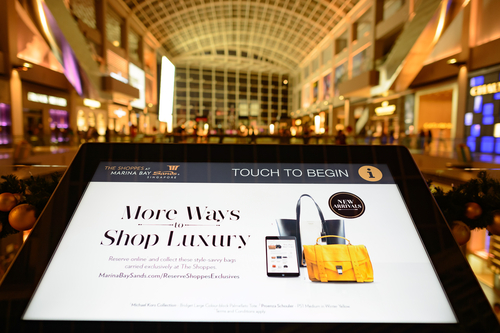Measuring the effectiveness of digital signage
By Scott Brown
For all the touted advantages of a technology, businesses will only put their money into it if they have an idea about the kind of returns they can expect. DOOH offers advantages but for it to be truly integrated into a business’s marketing mix, it is important to understand the value it brings to the table. Businesses must know the benefits they can avail for the dollars they are spending on digital signage.
The Audience Metrics Guidelines put in place by the Digital Place-based Advertising Association lets businesses compare audience data from digital signage advertising to such data from other forms of advertising such as television, radio, print, etc. Such data is essential for understanding how non-traditional video screens, such as those used for DOOH, perform against traditional video-based media such as television.
Digital signage is versatile and people view it outside their homes when they are on the move. Gathering data on the impact of such ads is not easy. Cinemas, opera houses, malls, gas stations, railway stations, airports, buses, bus stands, bars, and restaurants are places where one is likely to run into such advertisements. To properly understand the usefulness of placing DOOH advertisement at a given location, one needs to be aware of traffic and transaction data. Such data can be obtained from clients and third parties. Interviews on site can provide demographic data. Telephone interviews can follow. This information is needed to decide on the usefulness of a location for a digital ad. The messaging will work only if it reaches the appropriate age and sex demographic.
With such data in hand, businesses can extrapolate to calculate a probable ROI depending on the costs involved and compare it to ROI from other advertising mediums.
With Anonymous Video Analytics, it is possible for digital advertising network operators to automate the process of segregating the audience into age and gender groups. Anonymous Video Analytics uses algorithms to understand pixels present in an image and correspond those to a man or a woman’s face. The program provides useful information such as prospective audience, audience that has interacted, probable conversion rates, exposure times of the message, and opportunities available for the audience to actually see the message.
The technology respects an individual privacy, and no images are stored. The only data that is furnished to the advertiser is related to time, count of humans, and demographic segregation. The technology is a great way to appreciate the value of a location for placing a given message. It also informs on how well the message is being received. It lets you split test during the campaign. The technology has reported 95% accuracy in counting people, 90% accuracy in getting the gender right, and 85% accuracy in getting the age-range right.

